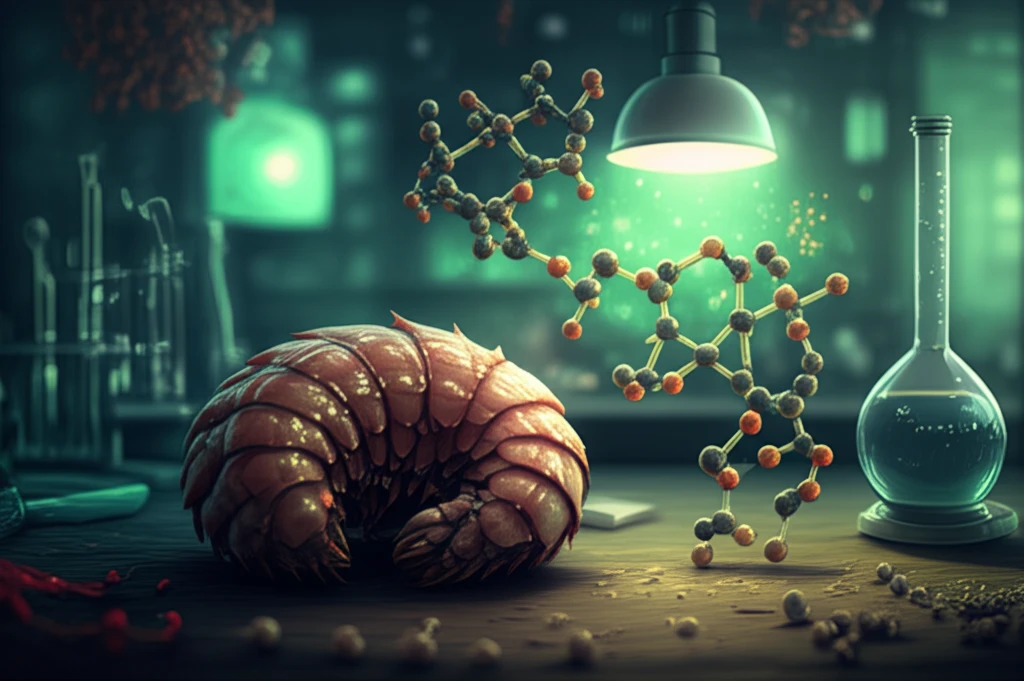
Unlock the Secret to Smoother Chemical Reactions: How Quaternized Chitosan Can Be Your Lab's New Best Friend
"Discover how this sustainable catalyst is revolutionizing N-alkylthio-phthalimide synthesis."
In the world of chemistry, finding the right catalyst can be like finding the perfect key. You need something that not only speeds up reactions but also does so efficiently and without causing unnecessary harm. That’s where quaternized chitosan is making waves. This modified natural material is emerging as a game-changer, particularly in the synthesis of N-alkylthio-phthalimides—complex molecules with important applications.
N-alkylthio-phthalimides are compounds that contain both sulfur and nitrogen, making them valuable building blocks in various chemical processes. They're essential in creating pharmaceuticals, agrochemicals, and other specialized products. Traditionally, creating these compounds has involved using harsh chemicals and complicated procedures, which can be both expensive and environmentally unfriendly.
But here’s the good news: scientists have discovered that quaternized chitosan, a derivative of chitosan (a substance found in crustacean shells), can act as a highly effective catalyst in the production of N-alkylthio-phthalimides. This discovery promises a greener, more sustainable approach to chemical synthesis, offering benefits for both industry and the environment.
Why Quaternized Chitosan?

Chitosan itself is a fascinating material. It’s derived from chitin, which is abundant in nature—think the exoskeletons of crustaceans like shrimp and crabs. Chitosan is biodegradable and non-toxic, making it an attractive alternative to conventional catalysts. However, chitosan has limitations in its raw form. That's where quaternization comes in. By adding quaternary ammonium groups to chitosan, scientists enhance its catalytic activity, making it much more effective at promoting chemical reactions.
- Eco-Friendly: Derived from a renewable resource and biodegradable.
- Efficient: Promotes reactions under mild conditions.
- Cost-Effective: Readily available and reduces the need for expensive, hazardous chemicals.
- Versatile: Can be used to synthesize a variety of N-alkylthio-phthalimides.
The Future of Green Chemistry
Quaternized chitosan is more than just a laboratory curiosity. It represents a shift towards sustainable chemistry, where environmentally friendly materials and processes take center stage. As the demand for greener solutions grows, expect to see more research and innovation in this field. Quaternized chitosan and similar bio-based catalysts could very well become the workhorses of the chemical industry, paving the way for a cleaner, more sustainable future.
